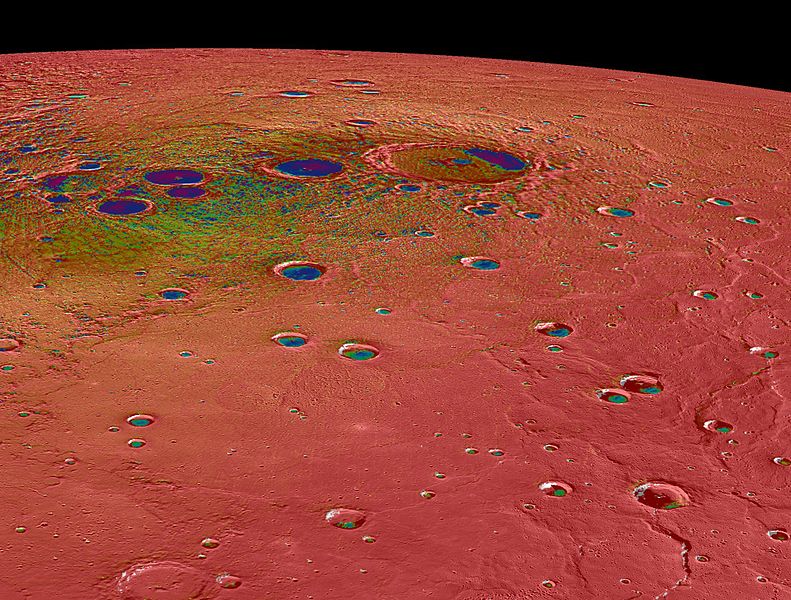Lêer:PIA19247-Mercury-NPolarRegion-Messenger20150316.jpg

Grootte van hierdie voorskou: 791 × 600 piksels. Ander resolusies: 317 × 240 piksels | 633 × 480 piksels | 1 013 × 768 piksels | 1 280 × 971 piksels | 2 044 × 1 550 piksels.
Oorspronklike lêer (2 044 × 1 550 piksels, lêergrootte: 714 KG, MIME-tipe: image/jpeg)
Lêergeskiedenis
Klik op die datum/tyd om te sien hoe die lêer destyds gelyk het.
| Datum/Tyd | Duimnael | Dimensies | Gebruiker | Opmerking | |
|---|---|---|---|---|---|
| huidig | 22:32, 16 Maart 2015 |  | 2 044 × 1 550 (714 KG) | Drbogdan | User created page with UploadWizard |
Lêergebruik
Die volgende bladsy gebruik dié lêer:
Globale lêergebruik
Die volgende ander wiki's gebruik hierdie lêer:
- Gebruik in ar.wikipedia.org
- Gebruik in be.wikipedia.org
- Gebruik in bg.wikipedia.org
- Gebruik in ca.wikipedia.org
- Gebruik in cs.wikipedia.org
- Gebruik in en.wikipedia.org
- Gebruik in et.wikipedia.org
- Gebruik in fr.wikipedia.org
- Gebruik in it.wikipedia.org
- Gebruik in nl.wikipedia.org
- Gebruik in pl.wikipedia.org
- Gebruik in pt.wikipedia.org
- Gebruik in www.wikidata.org

